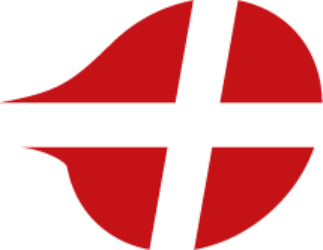
Forms of cutaneous T-cell lymphoma are mycosis fungoides and Sezary syndrome. Mycosis fungoides commonly manifests as discrete or coalescing nodules, patches, or plaques on the skin. Mycosis fungoides may progress to involve lymph nodes and internal organs. Sezary syndrome is characterized by generalized erythroderma, keratoderma of the palms and soles, and a Sezary cell count of more than 1,000/mm3 in the blood. Most patients experience severe itching.
Both mycosis fungoides and Sezary syndrome are characterized by the presence of Sezary cells in the skin and blood.
Treatment of cutaneous T-cell lymphoma includes ultraviolet-B light, psoralen with ultraviolet-A light (PUVA), radiotherapy, systemic chemotherapy, and topical nitrogen mustard. Interferon, retinoids, and other agents have also been used. Most recently, extracorporeal photopheresis has become popular in the treatment of cutaneous T-cell lymphoma. After ingestion of 8-methoxypsoralen, the patient’s leukocytes are exposed to ultraviolet light-A, and then re-infused.
Broadband ultraviolet-B has been used for treatment of mycosis fungoides for many, many years. However, a new form of UVB, known as narrowband ultraviolet-B, uses only a few selected UVB wavelengths (311-312 nm). Narrowband ultraviolet-B is generally more effective than broadband UVB. Ultraviolet-B is used mainly for patch stage mycosis fungoides.
A lower risk of skin malignancy is the offered advantage of narrowband UVB over broadband, as wavelengths in the lower end of the UVB spectrum are thought to add the most to DNA damage. Areas of the body like the intertriginous regions, scalp, and soles of the feet are moderately shielded from the ultraviolet effects. Patients with significant disease in these locations may benefit from handheld UV-B phototherapy lamps, which are more flexible in reaching these hidden areas. The male genitalia must be protected during UV treatments, as well as other uninvolved areas of the body, to reduce the probability of skin cancer development.
Phototherapy is at first administered three times a week. It normally takes 20 to 30 treatments for a response to become apparent. If no response is seen at that time, an alternative light source (phototherapy) or medication should be considered. If there is an improvement with phototherapy, the frequency of treatments will be reduced and eventually stopped.
